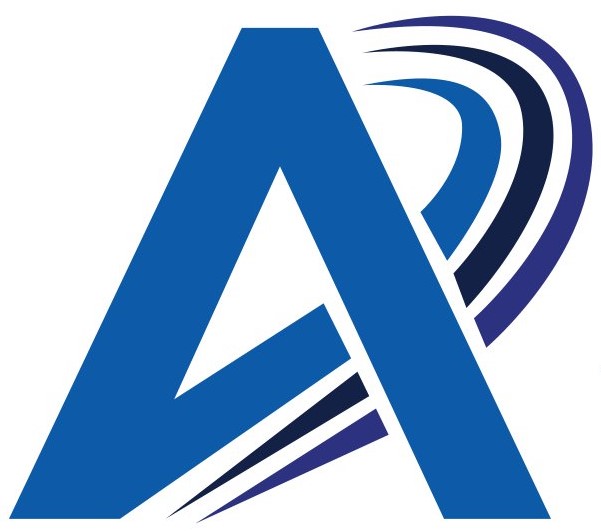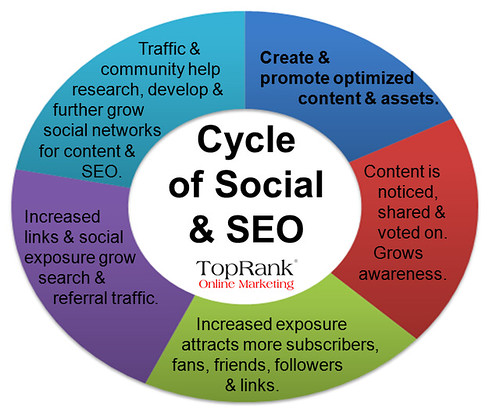Introduction:
In the digital age, having a visually appealing and user-friendly website is essential, but it’s equally important to ensure that your website can be easily found by search engines. Search Engine Optimization (SEO) plays a crucial role in web design, as it focuses on optimizing your website to rank higher in search engine results and attract organic traffic. In this blog post, we will explore the significance of SEO in web design and discuss key strategies to optimize your website for search engines.
- Keyword Research and On-Page Optimization:
Keyword research is the foundation of effective SEO. Identify relevant keywords and phrases that your target audience is likely to use when searching for products or services related to your website. Incorporate these keywords strategically into your website’s content, meta tags, headings, and URLs. Ensure that your content is informative, relevant, and easy to read, while also aligning with search engine algorithms.
- Mobile-Friendly and Responsive Design:
In an era where mobile usage is on the rise, optimizing your website for mobile devices is crucial. Mobile-friendliness has become a ranking factor for search engines. Ensure that your website has a responsive design, meaning it adapts seamlessly to different screen sizes and resolutions. This enhances the user experience and ensures that your website ranks well in mobile search results.
- Website Speed and Performance:
Website speed and performance are vital for both user experience and SEO. Users expect fast-loading websites, and search engines prioritize websites that deliver a seamless browsing experience. Optimize your website’s performance by compressing images, minimizing code, and utilizing caching techniques. Regularly monitor and optimize your website’s speed to provide an optimal user experience and improve search engine rankings.
- URL Structure and Site Architecture:
A well-structured URL and site architecture contribute to better SEO. Use descriptive and keyword-rich URLs that accurately reflect the content of each page. Organize your website’s content into logical categories and subcategories, making it easier for search engines to crawl and index your site. Create a user-friendly navigation menu that allows visitors to navigate your website effortlessly.
- Optimized Images and Multimedia:
Images and multimedia elements enhance the visual appeal of your website, but they can also impact SEO. Optimize your images by compressing them without compromising quality. Use descriptive alt tags to provide search engines with context about the images. Implement schema markup to enhance the visibility of rich media, such as videos and infographics, in search engine results.
- Quality Backlinks and Link Building:
Building high-quality backlinks from reputable websites is a fundamental aspect of off-page SEO. Encourage other websites to link to your content by creating valuable and shareable resources. Guest blogging, influencer collaborations, and participation in industry forums can help you establish authoritative backlinks that signal credibility to search engines.
Conclusion:
In the competitive online landscape, incorporating SEO strategies into your web design is essential for maximizing your website’s visibility and attracting organic traffic. By conducting thorough keyword research, optimizing on-page elements, ensuring mobile-friendliness, prioritizing website speed and performance, optimizing URL structure and site architecture, optimizing images and multimedia, and building quality backlinks, you can create a website that not only engages users but also ranks well in search engine results. Remember, SEO is an ongoing process, and staying up to date with the latest trends and algorithms is crucial to maintaining a strong online presence.

